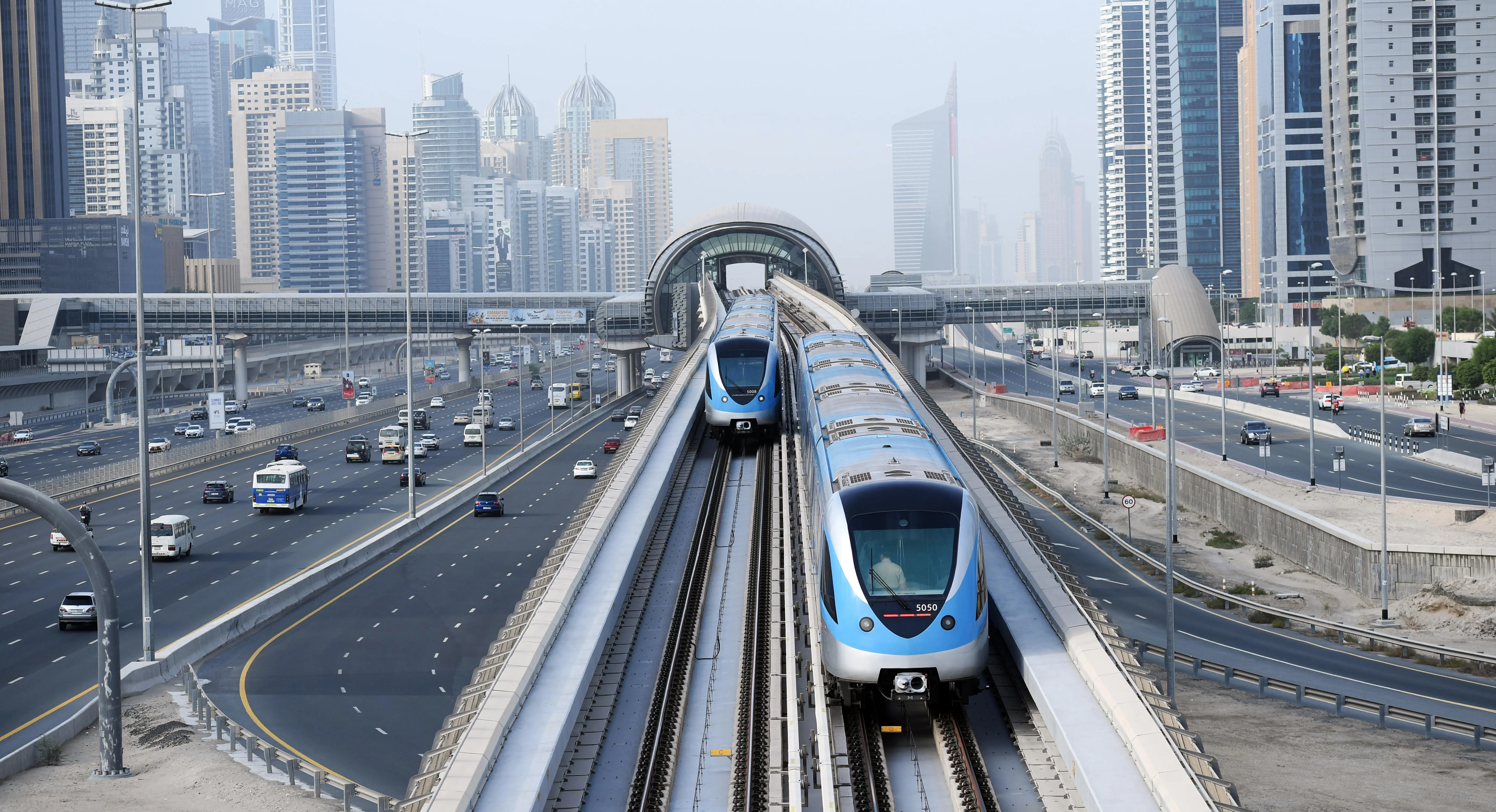GE Technology has been awarded a contract by a team led by Mitsubishi Heavy Industries America (MHIA), which is providing Tampa International Airport with its automated people mover (APM).
GE Power Conversion will provide power equipment and be responsible for system integration, engineering expertise and installation of the traction power substation, which will provide around-the-clock delivery of power to the APM, converting the incoming 13.2 kilovolts of power to the 750 volts DC that is required to
February 26, 2016
Read time: 1 min
GE Power Conversion will provide power equipment and be responsible for system integration, engineering expertise and installation of the traction power substation, which will provide around-the-clock delivery of power to the APM, converting the incoming 13.2 kilovolts of power to the 750 volts DC that is required to operate the APM.
“We are delighted to partner with MHIA, which is one of the biggest players in this sector. GE is also open for local partnerships. The fact that we source locally and can provide a high level of local content also plays a key role in this project,” said Sascha Heinecke, global sales leader for rail applications for GE Power Conversion.









